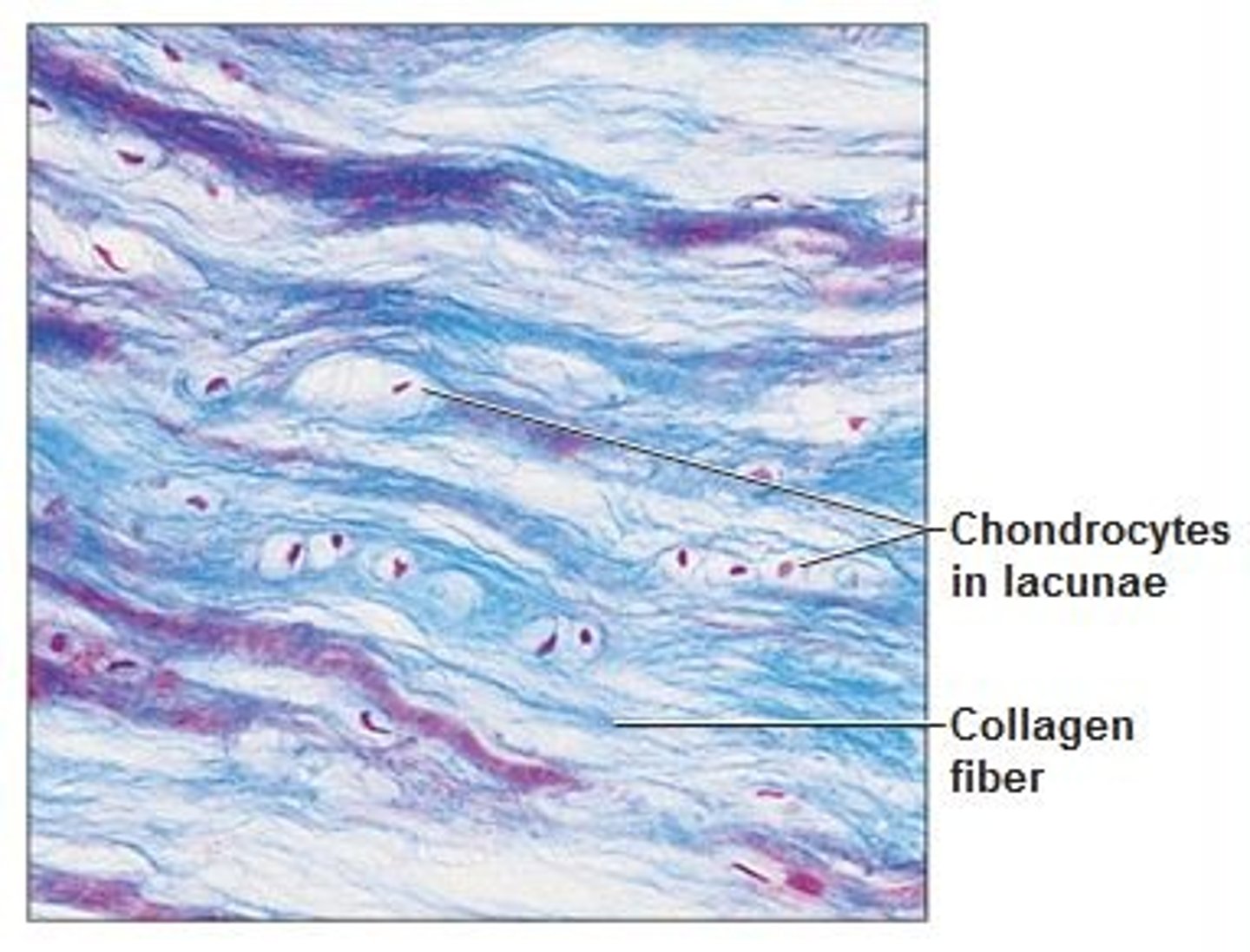Anatomy Tissues
1/36
There's no tags or description
Looks like no tags are added yet.
Name | Mastery | Learn | Test | Matching | Spaced |
|---|
No study sessions yet.
37 Terms
Histology
study of tissues and their structures
epithelial tissue
Sheets of tightly packed cells that line organs and body cavities
simple squamous epithelium
single layer of flat cells, Allows passage of materials by diffusion

simple cuboidal epithelium
single layer of cube shaped cells, secretion and absorption

simple columnar epithelium
single layer of tall cells, may have cilia Function: Absorption; secretion of mucus, enzymes, and other substances
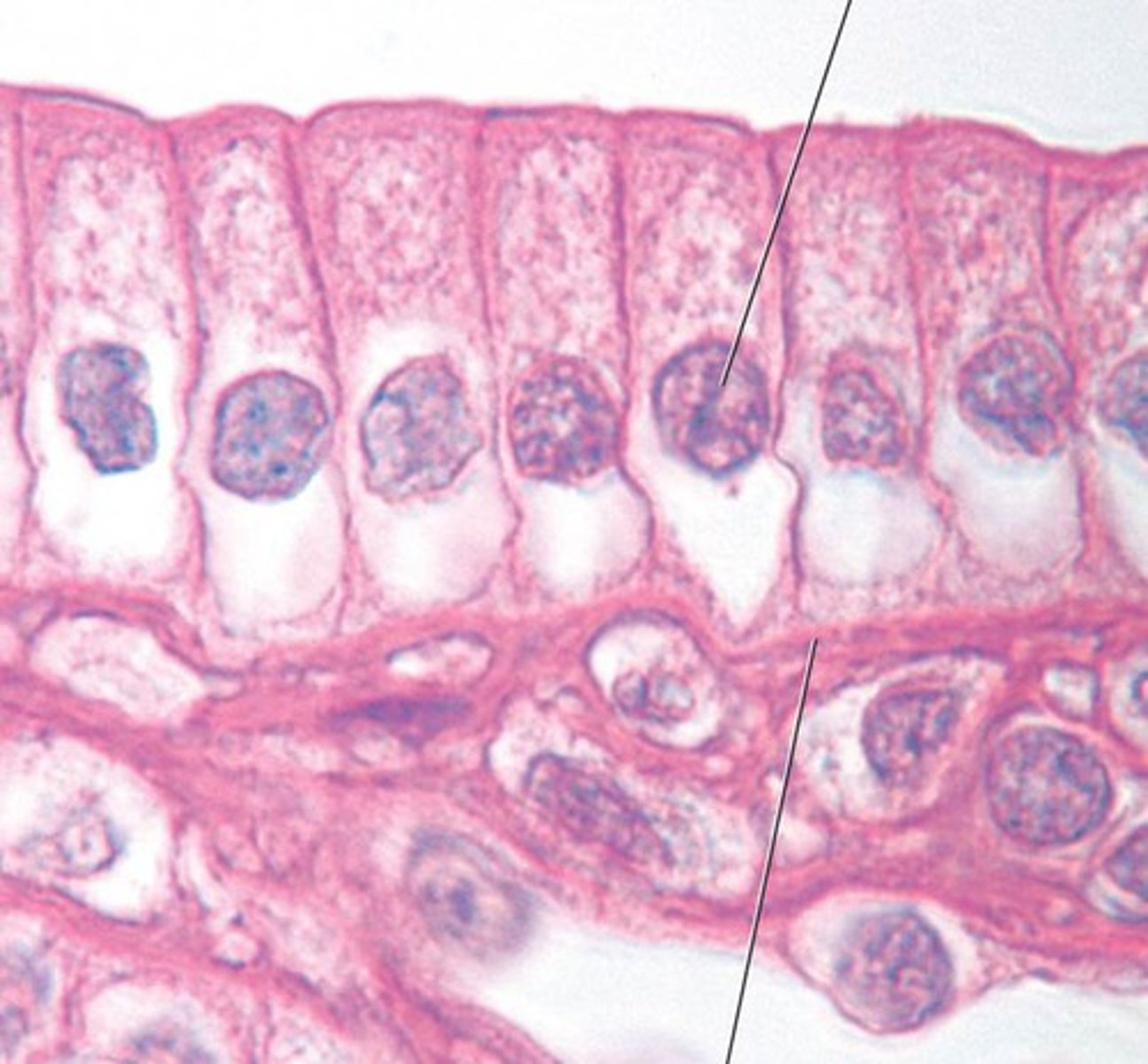
stratified squamous epithelium
several layers of flat cells, protects underlying tissues in areas subject to abrasion

stratified cuboidal epithelium
layers of cube shaped cells, protection, may contain glands
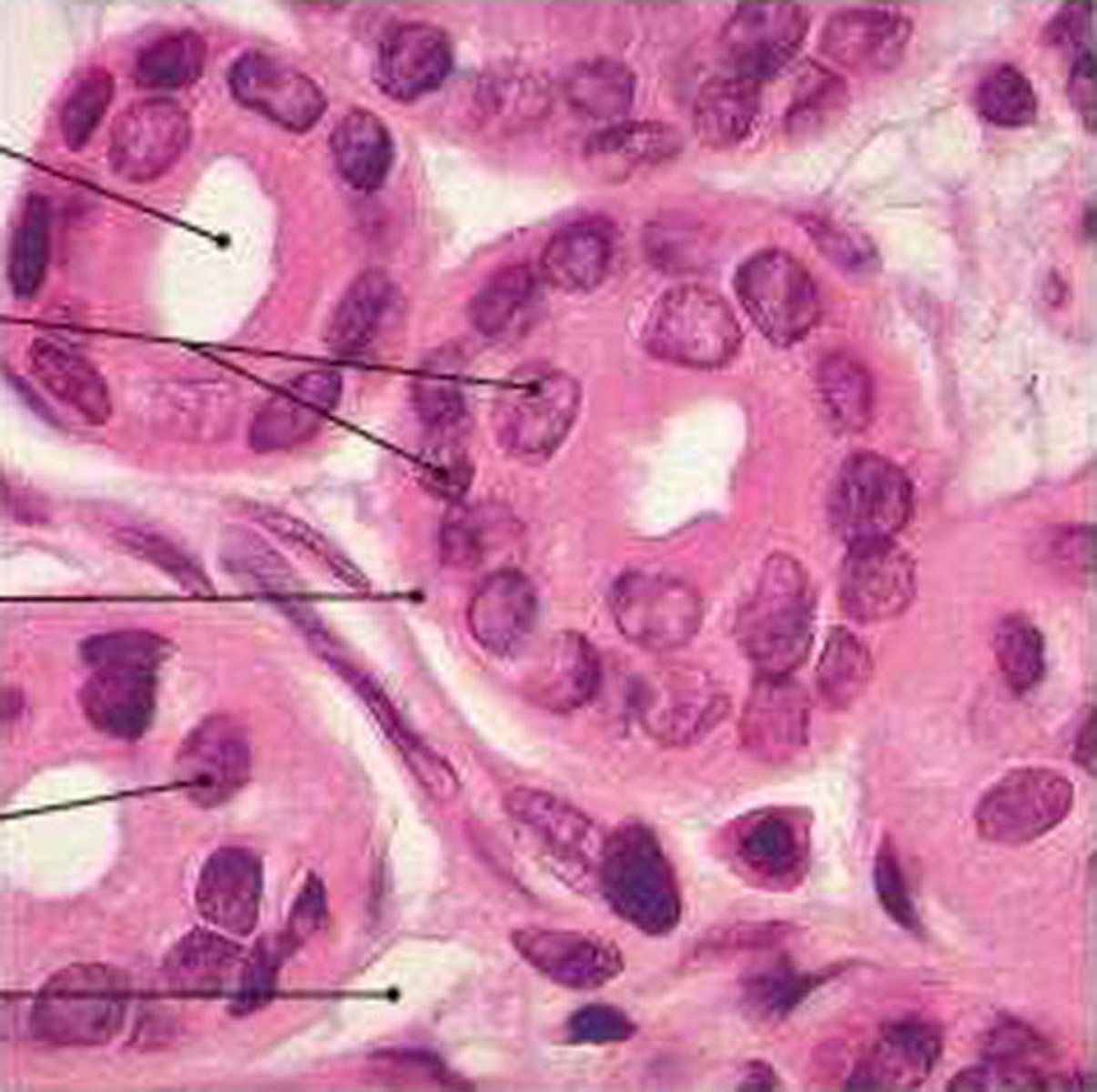
stratified columnar epithelium
layers of column-like cells, contains glands, protection, secretion

pseudostratified columnar epithelium
tissue that consists of a single layer of irregularly shaped and sized cells that give the appearance of multiple layers; found in ducts of certain glands and the upper respiratory tract
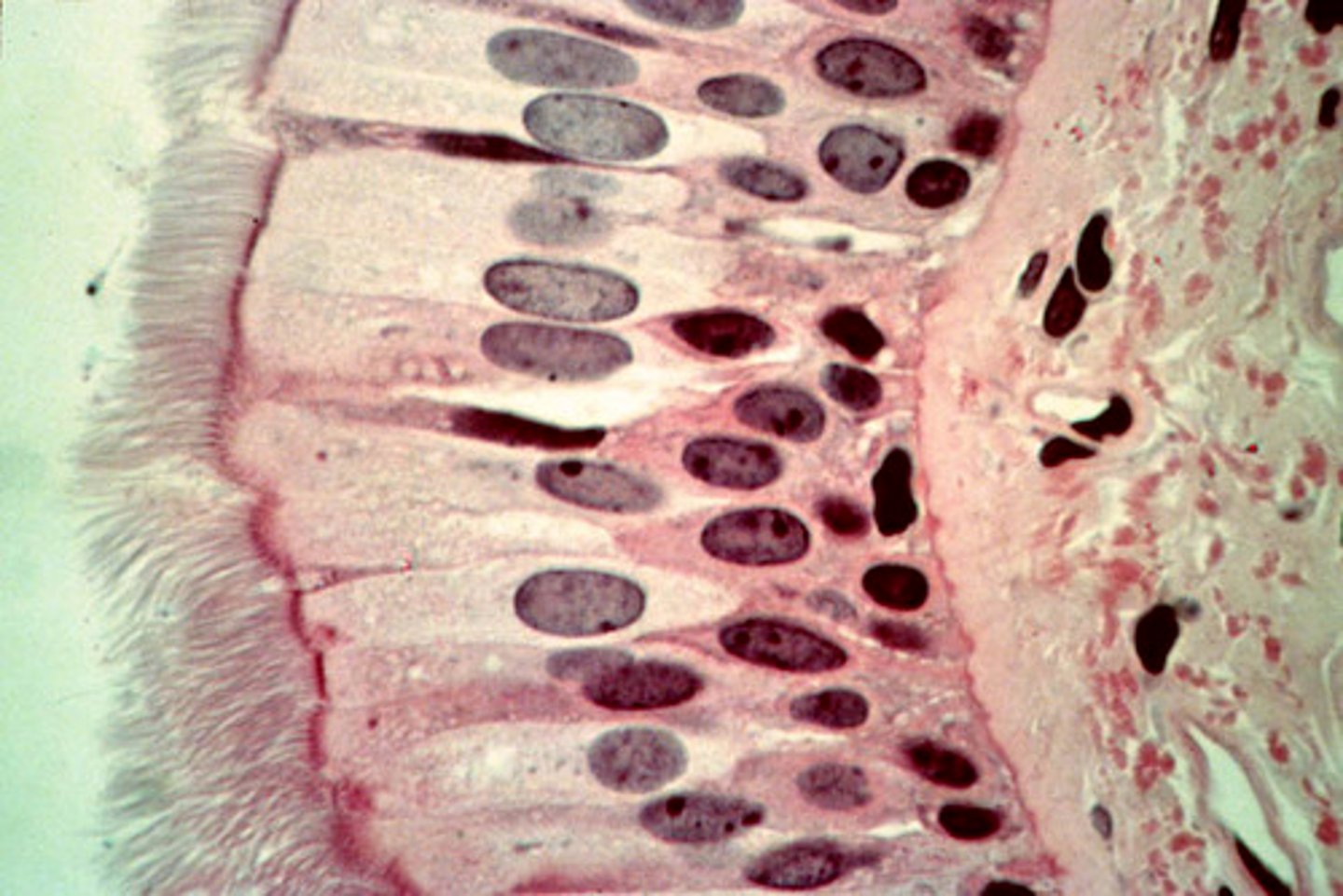
transitional epithelium
stretches readily and permits distension of urinary organ
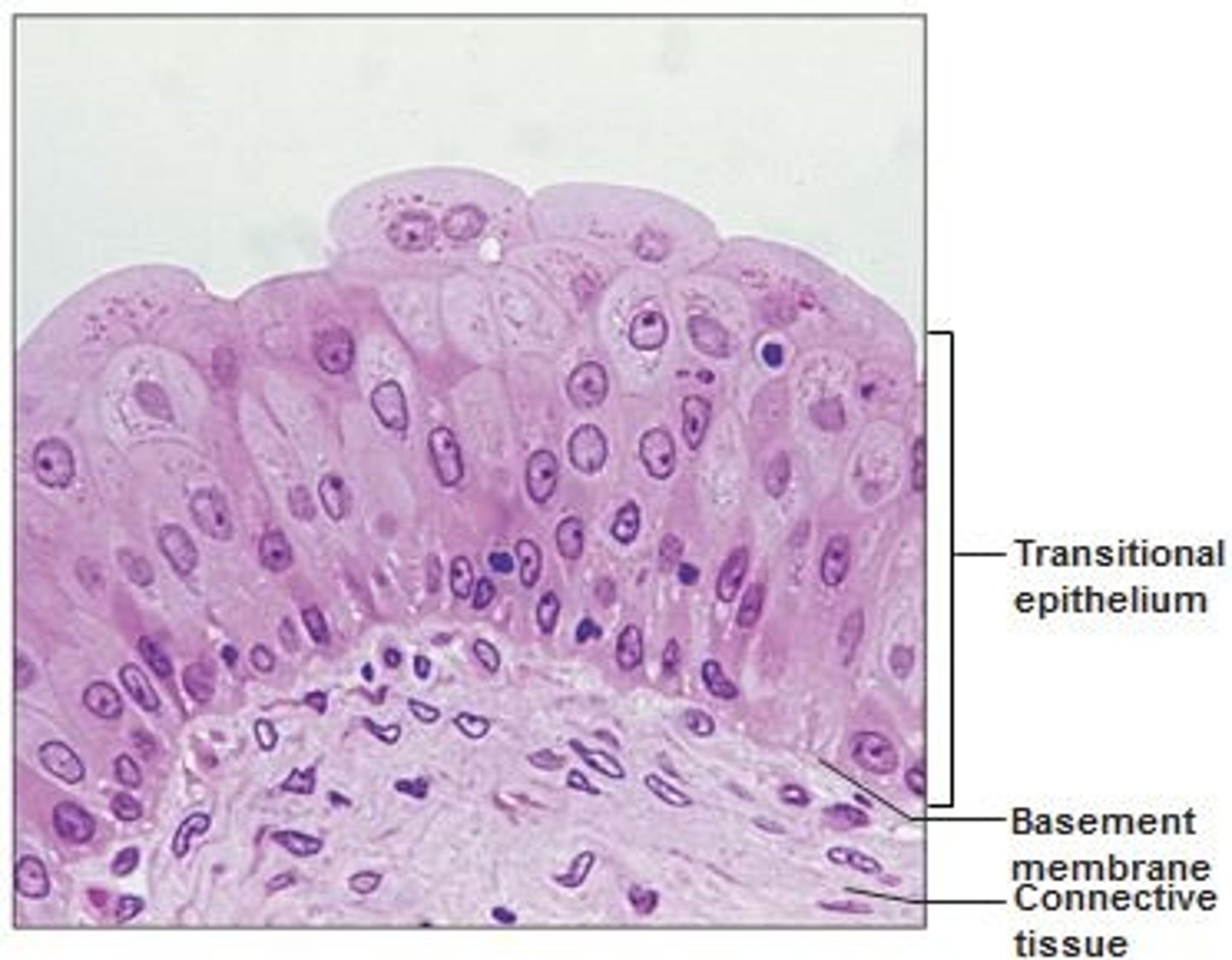
connective tissue
A body tissue that provides support for the body and connects all of its parts, contains specialized cells, Ground substance and Fibers
connective tissue proper
loose connective tissue and dense connective tissue, connects and protects
areolar connective tissue
Loose connective tissue, higher in ground substances, Function: wraps and cushions organs
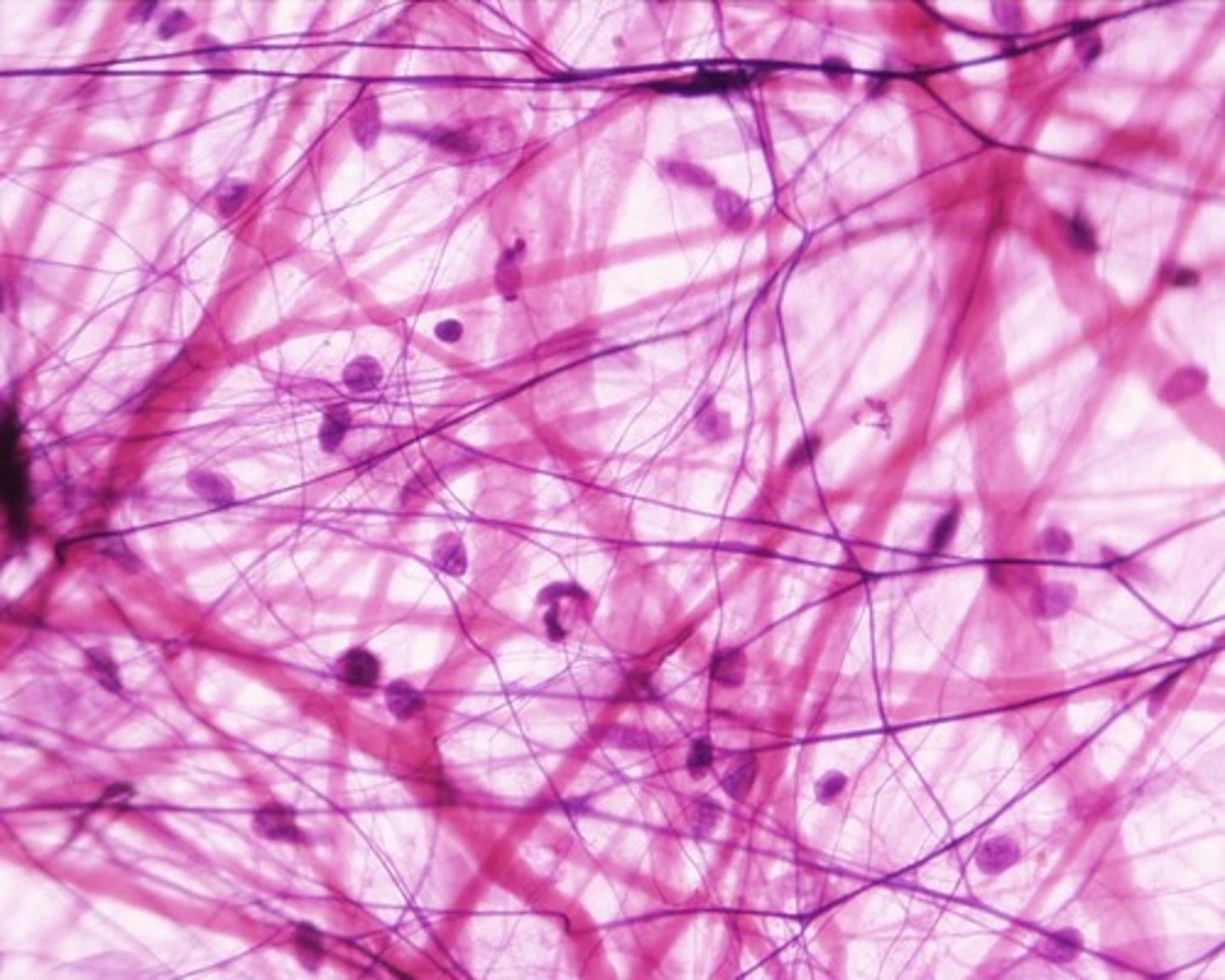
adipose connective tissue
Loose connective tissue, provides insulation for the body
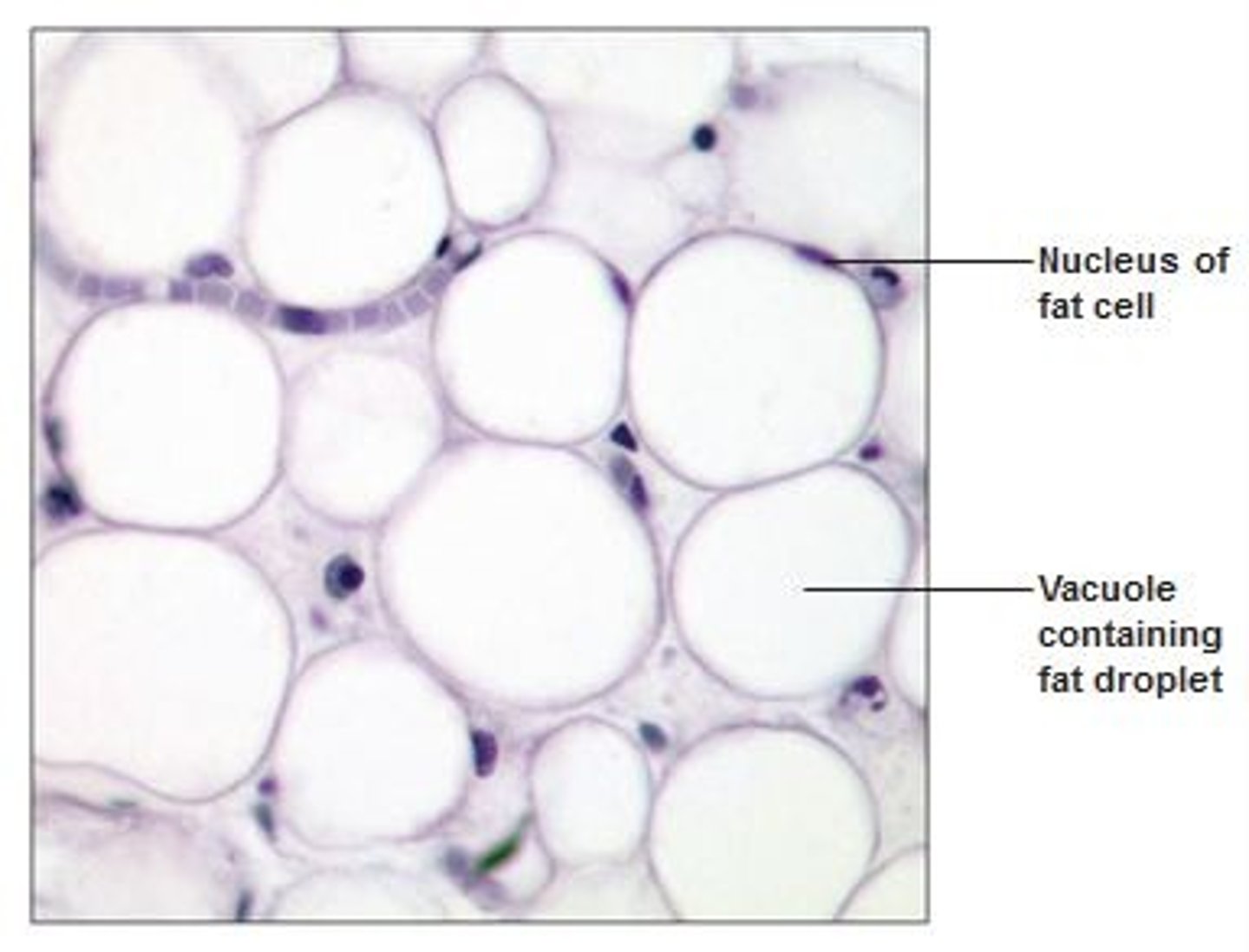
reticular connective tissue
Loose Connective tissue that contains reticular fibers and cells; used to make the framework of major organs
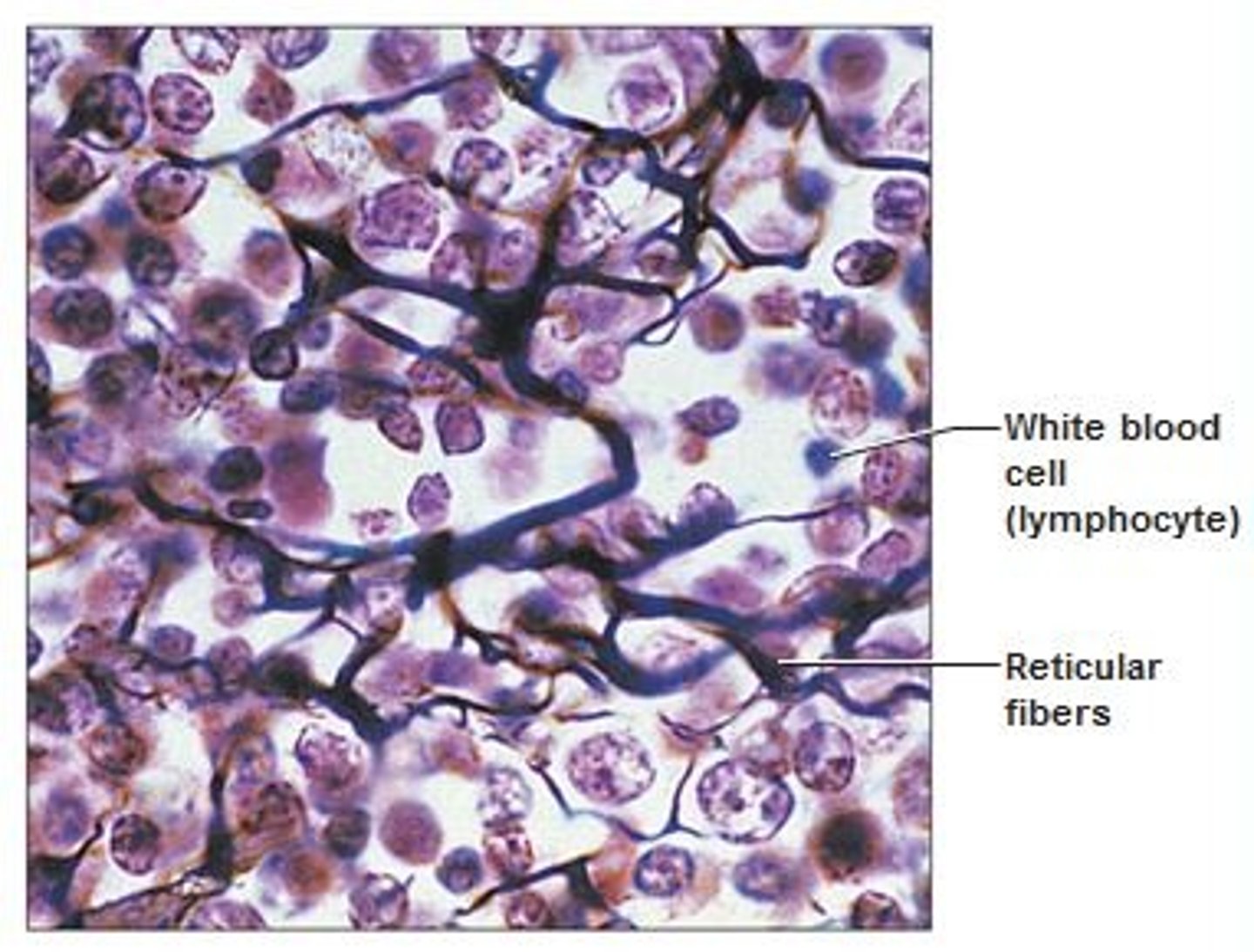
endocrine glands
glands that secrete chemicals called hormones directly into the bloodstream
exocrine glands
Glands that secrete substances outward through a duct
dense connective tissue
contain more fibers and less ground substance, they are: dense regular, dense irregular, elastic
dense regular connective tissue
many collagen fibers arranged it the same direction (tendons, most ligaments)
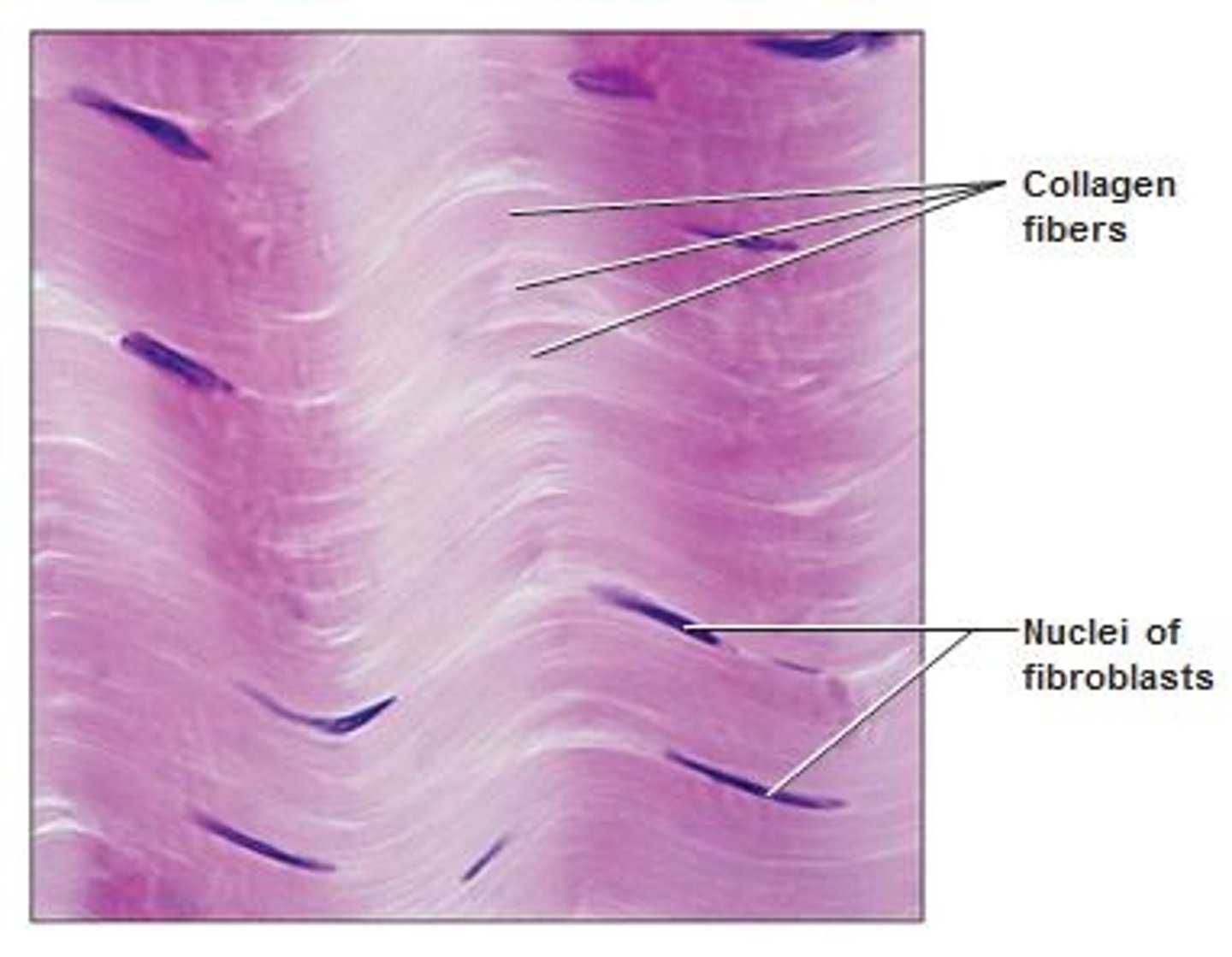
dense irregular connective
Collagen fibers in many directions, Function: able to withstand tension exerted in many directions;
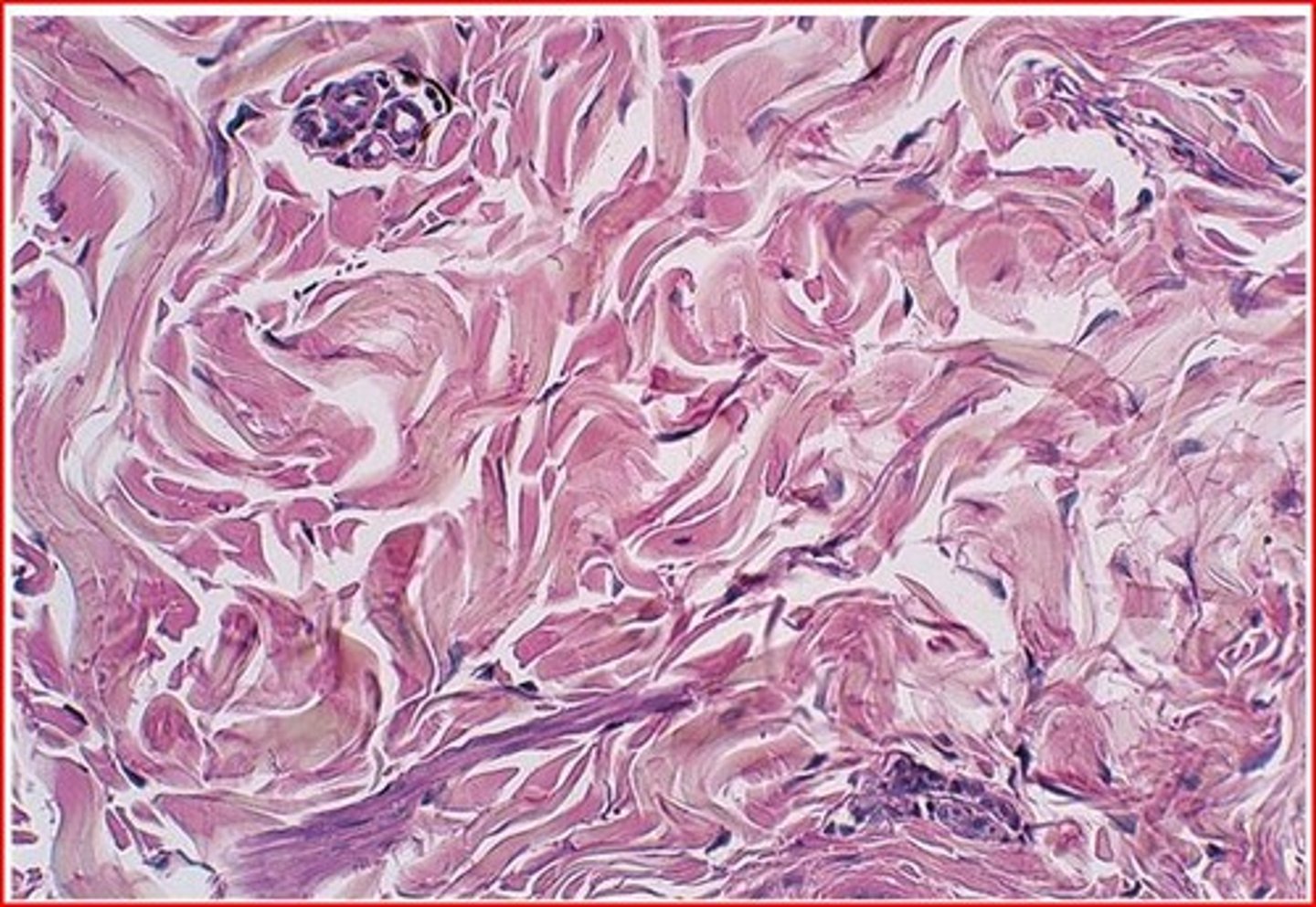
elastic dense connective tissue
dense regular connective tissue containing a high proportion of elastic fibers, stretchier
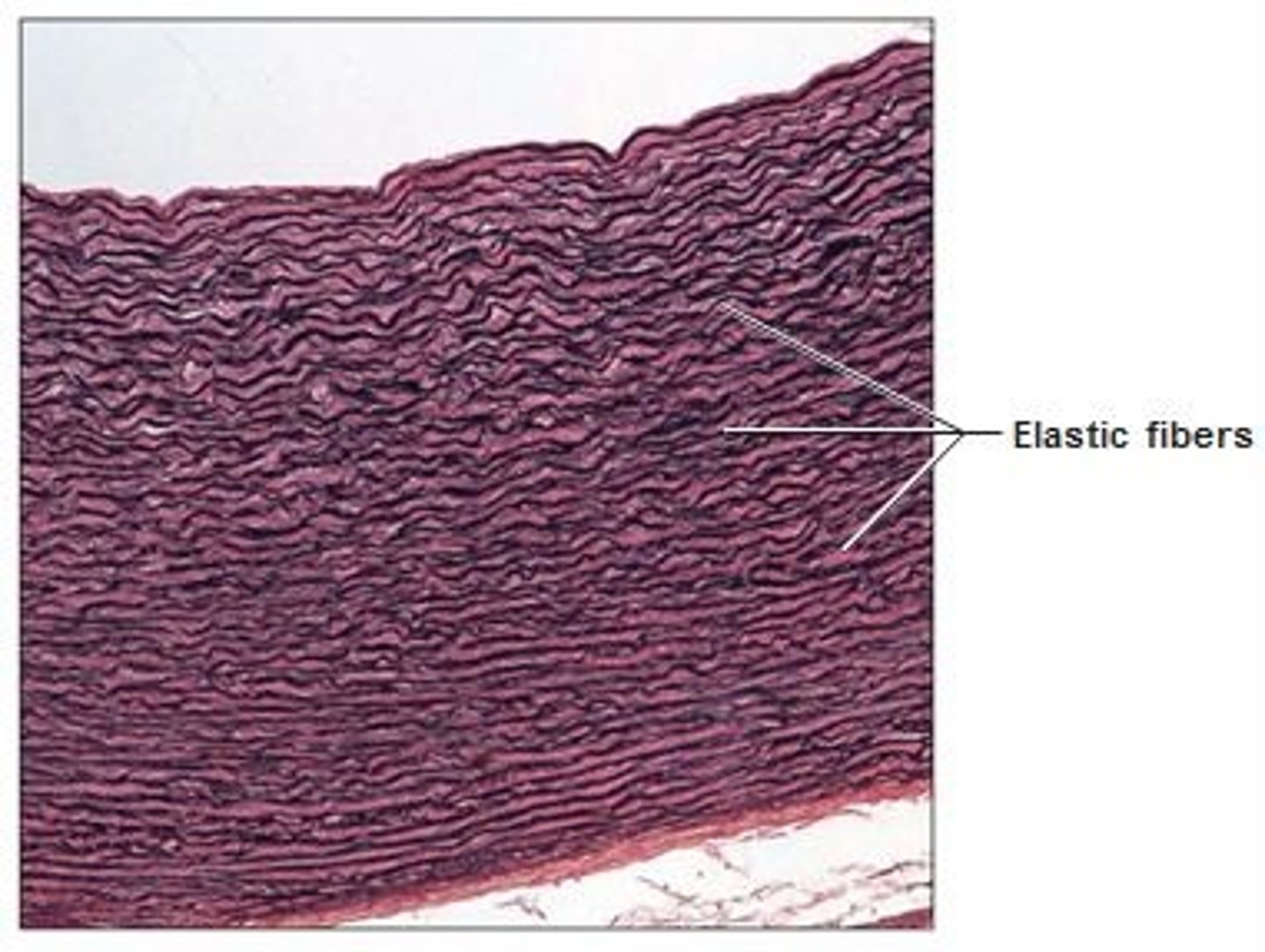
fluid connective tissue - Specialized
blood and lymph
supporting connective tissue
cartilage and bone
cartilage tissue
Matrix is a firm gel ground substance, that has chondrocytes, for shock absorption and protection (hyaline, fibrous and elastic)
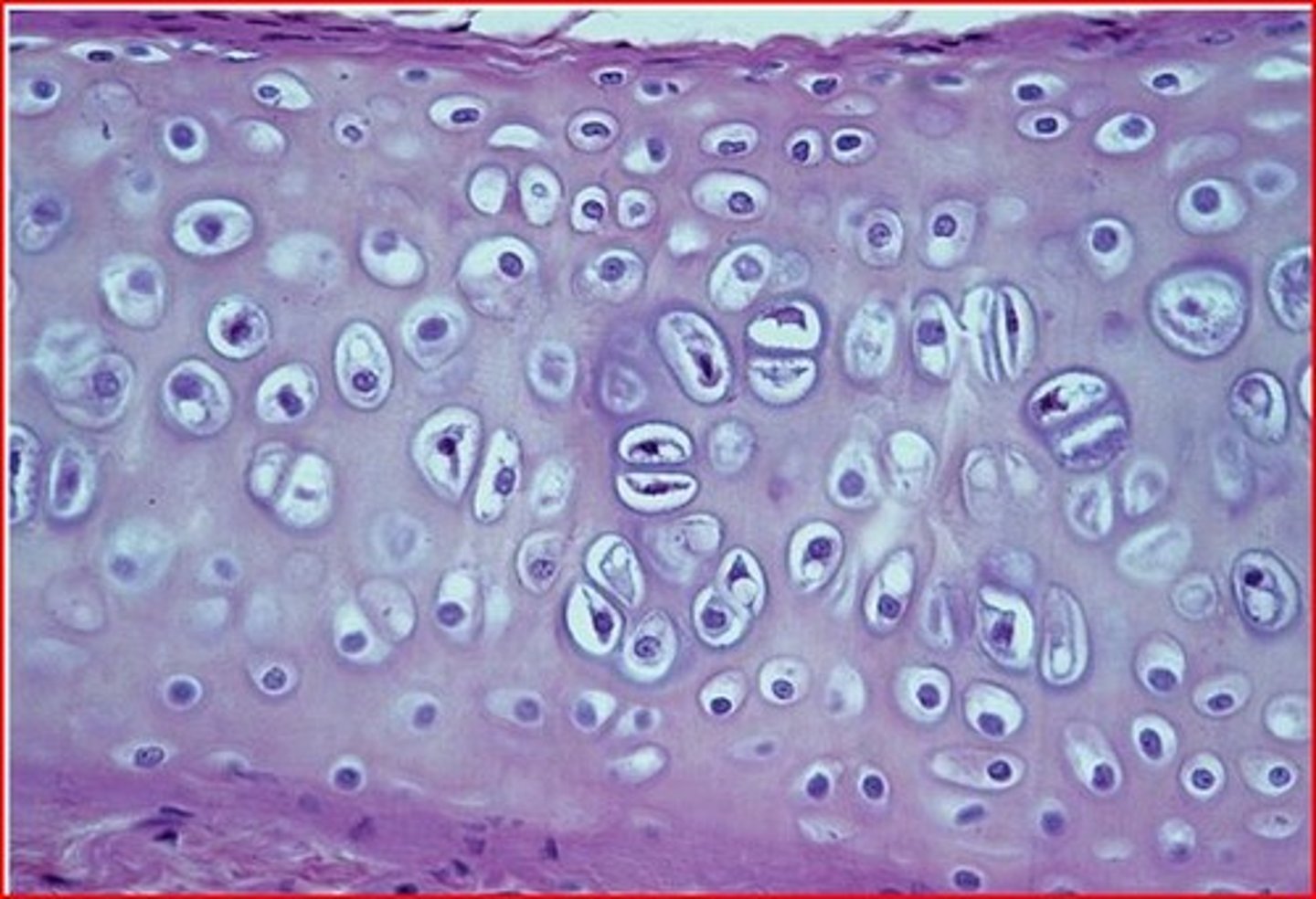
Four types of tissue
epithelial, connective, muscle, nervous
cardiac tissue
Involuntary, straited and branched muscles, circulates, in heart
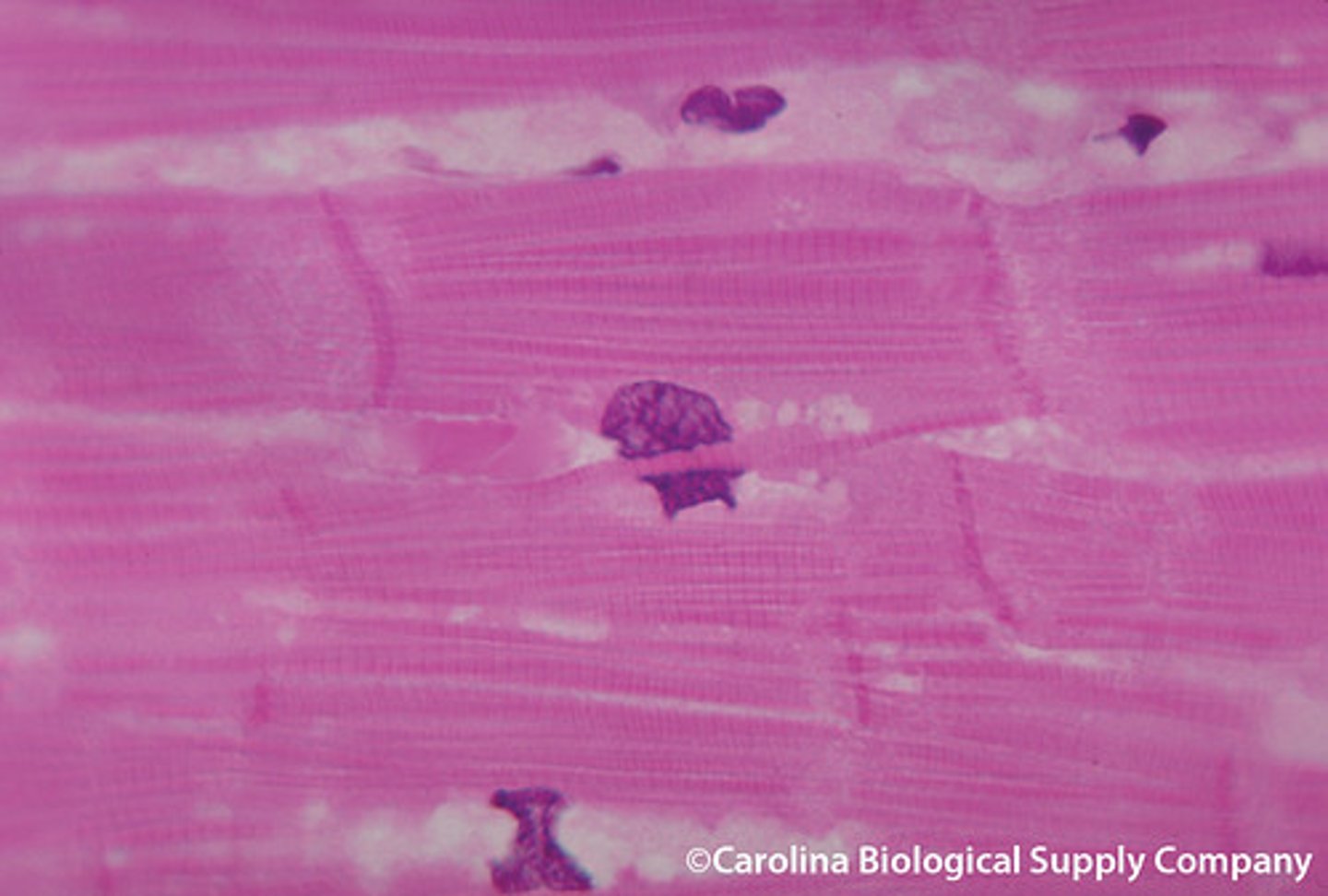
skeletal muscle tissue
striated, voluntary, multinucleated
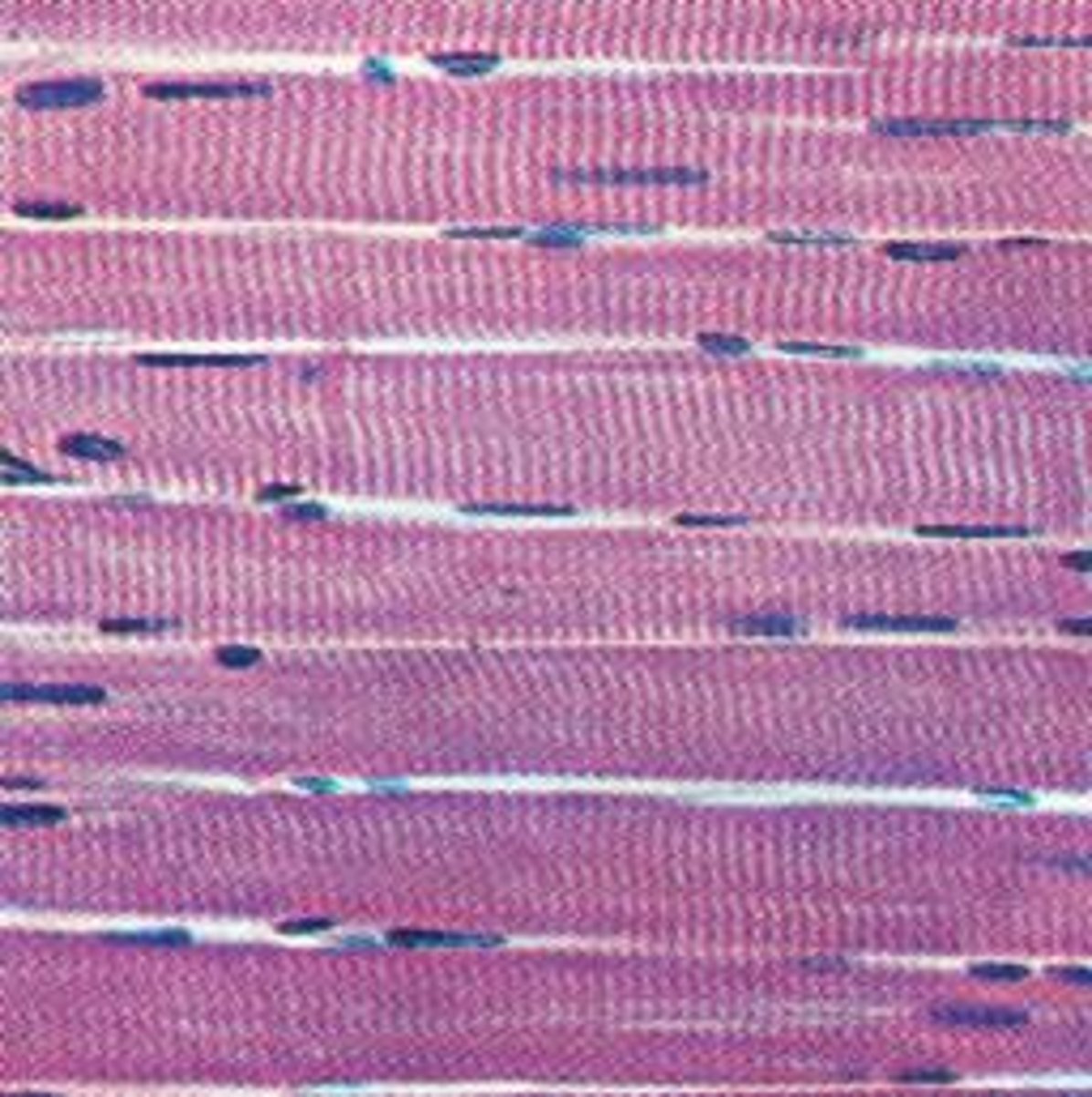
Smooth muscle Tissue
type of involuntary muscle tissue
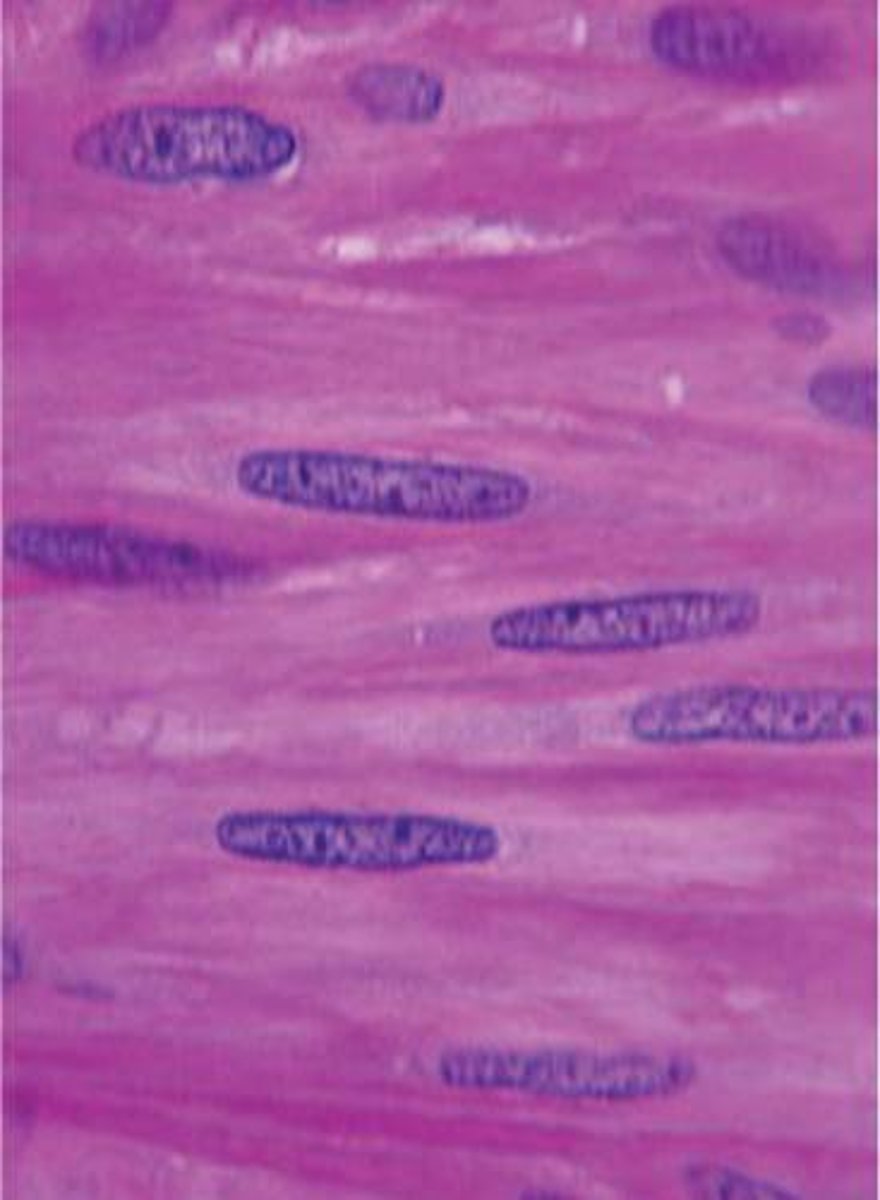
nervous tissue
neurons and neuroglia
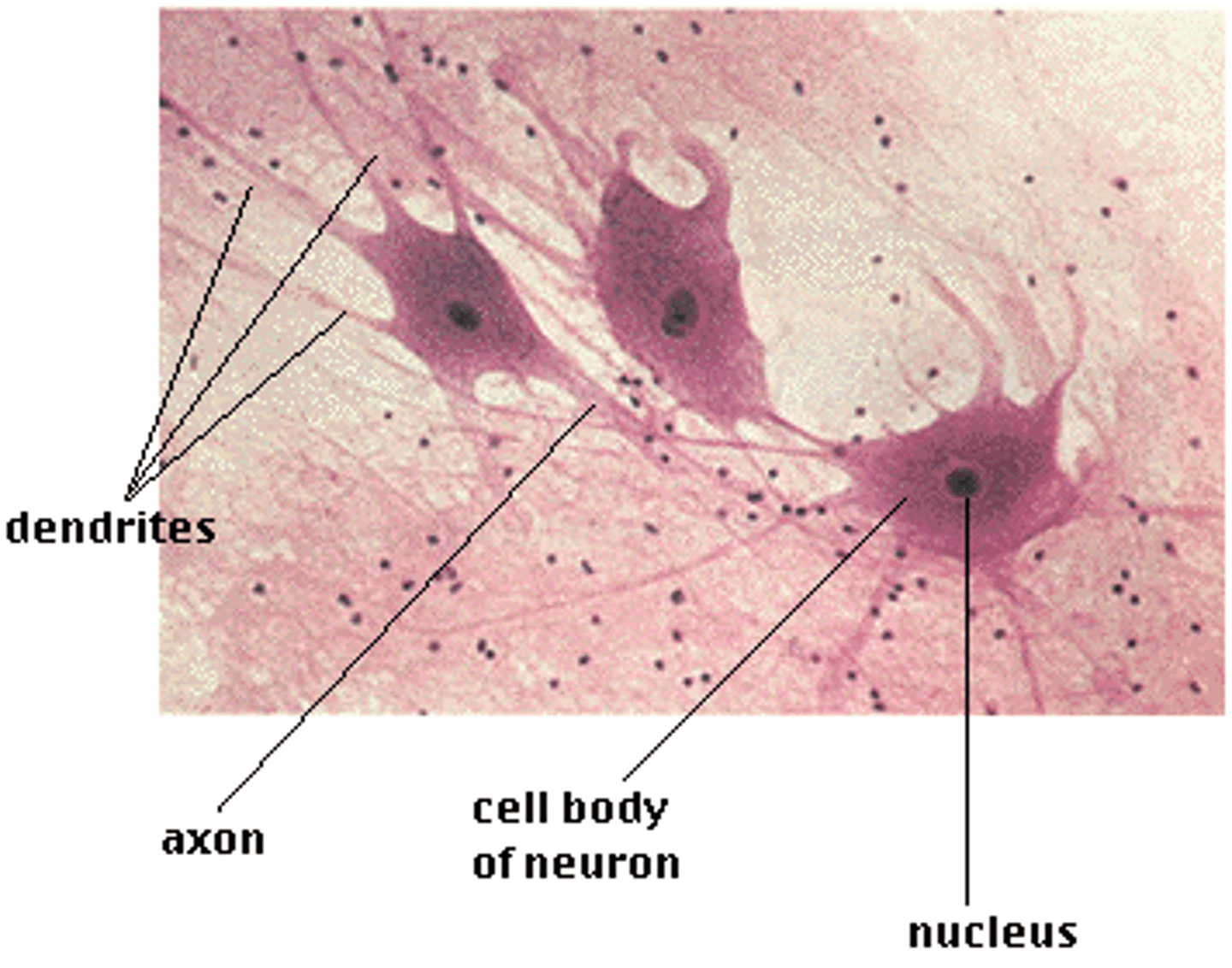
Neurons
nerve cells that receives, integrate, and transmit information.
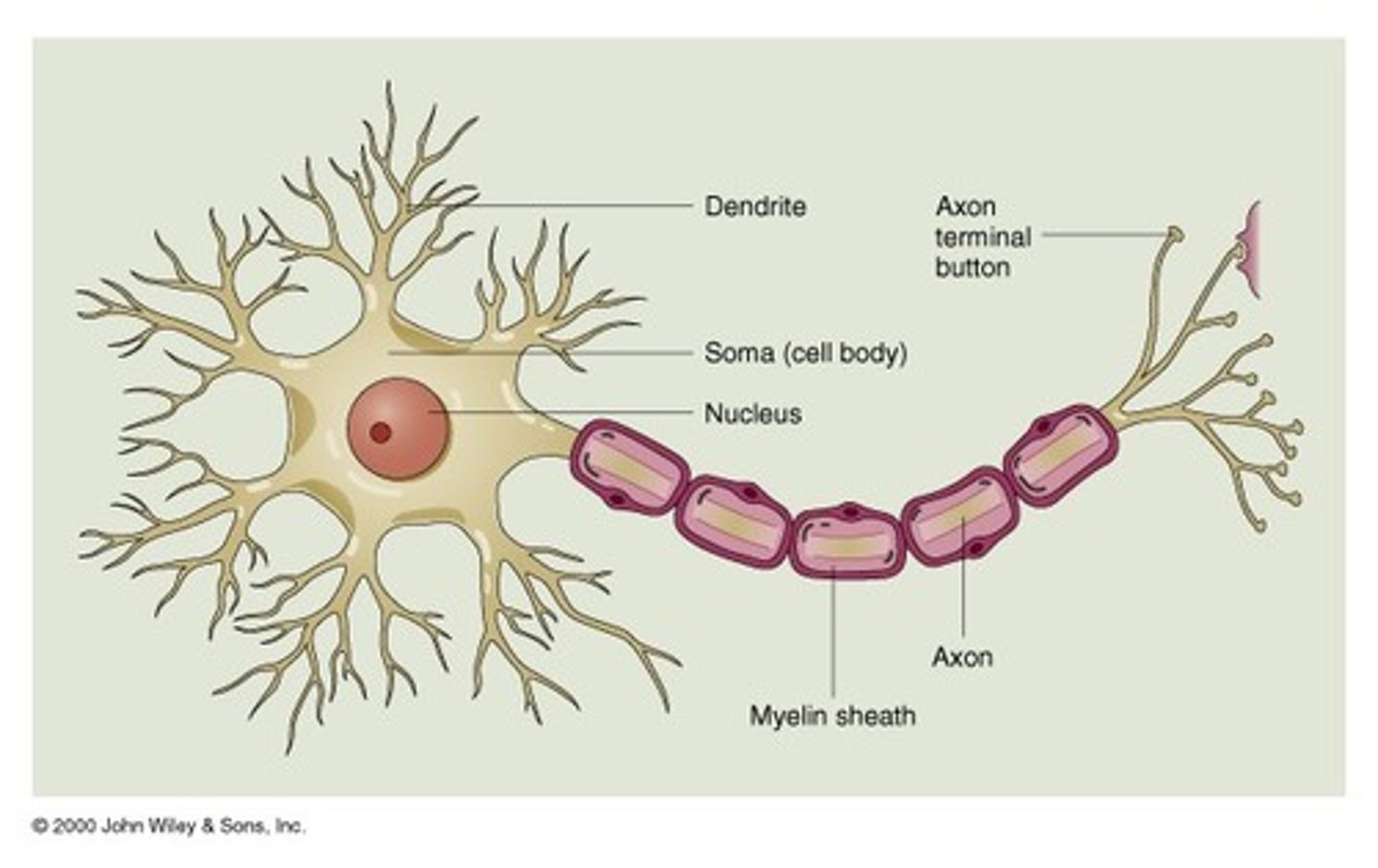
neuroglial cells
provide physical support, insulation, and nutrients for neurons
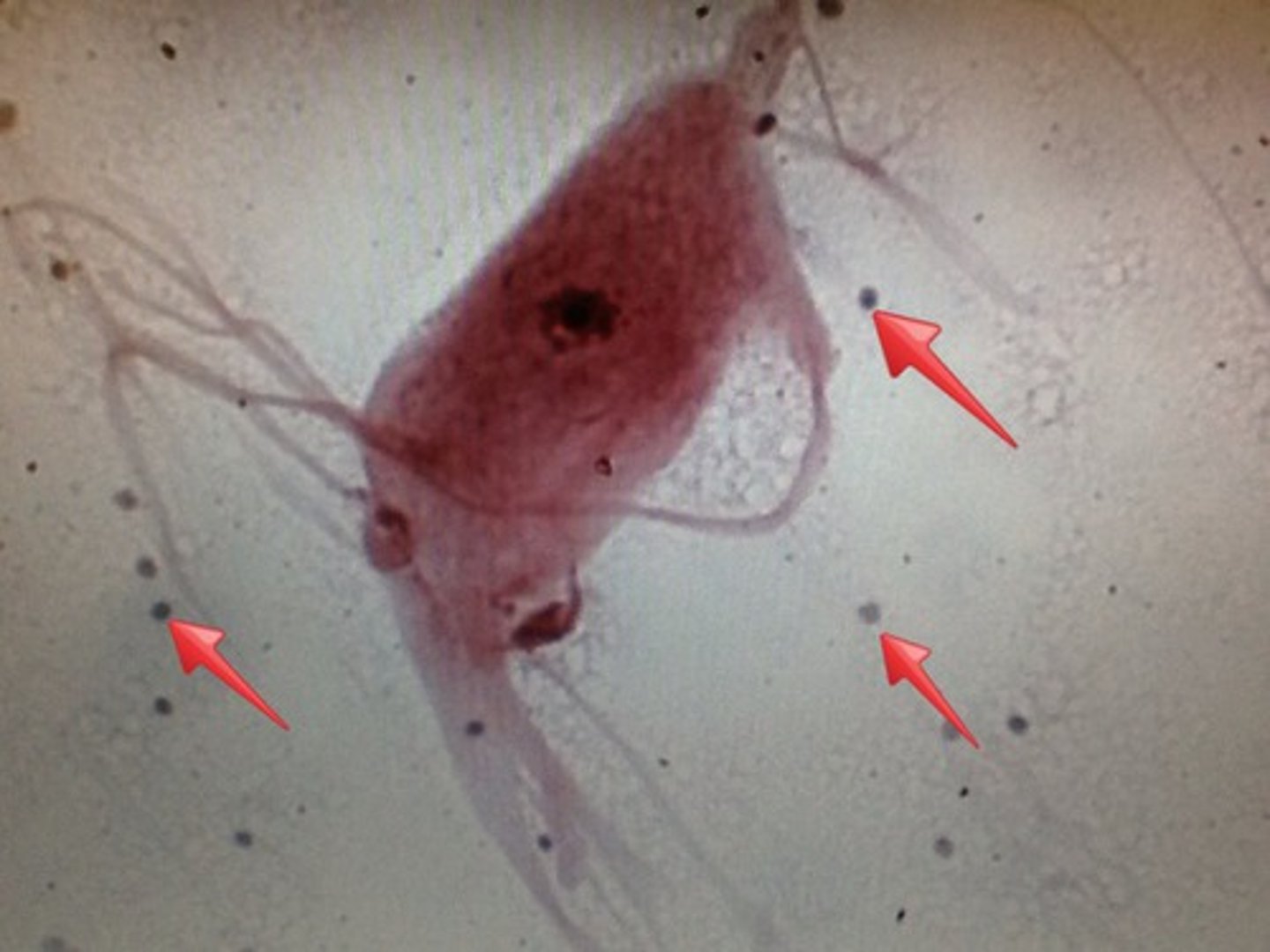
Blood
A connective tissue with a fluid matrix called plasma in which red blood cells, white blood cells, and cell fragments called platelets are suspended.
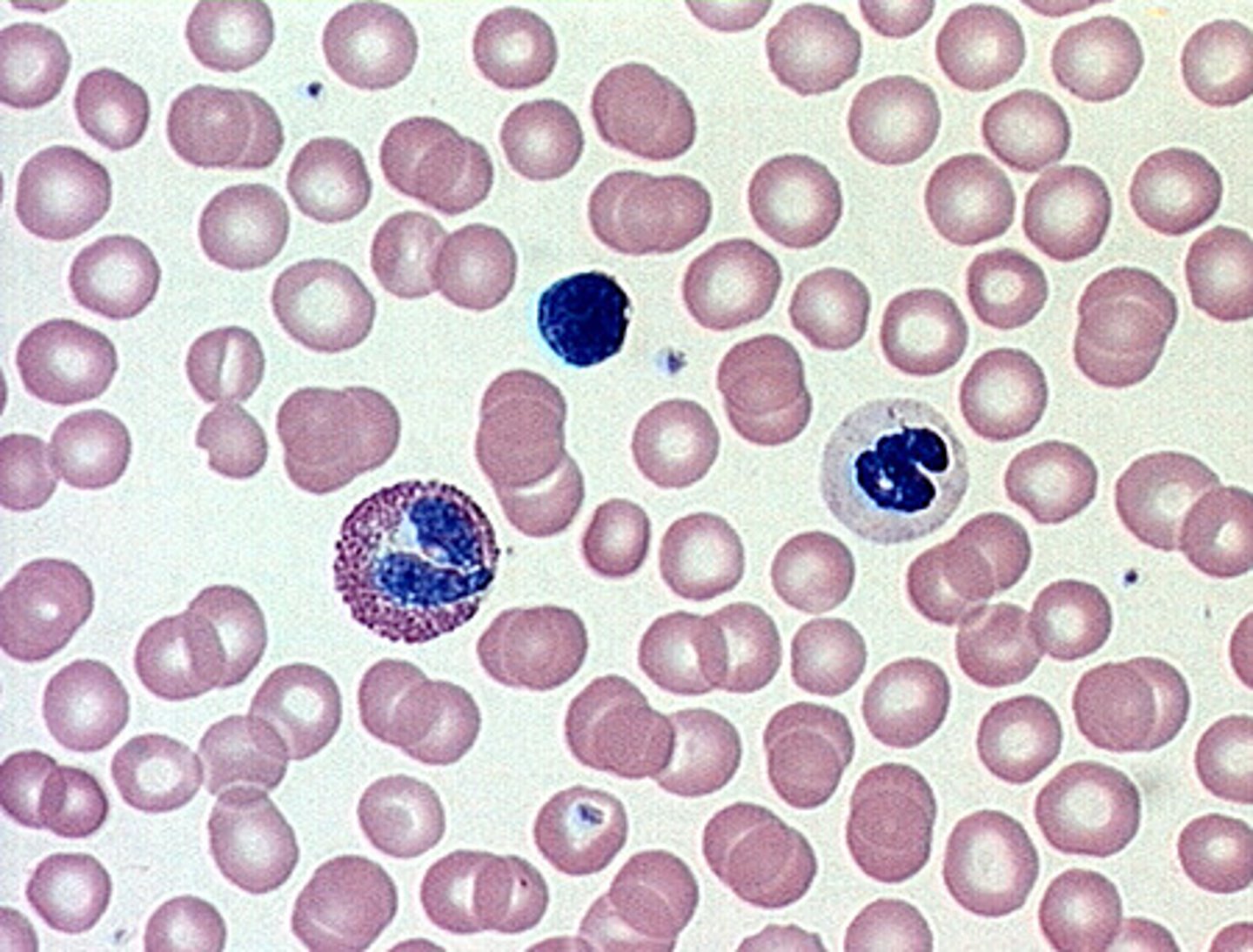
Lymph
lymph tissue (fluid collected from organs that is filtered and returned to the circulatory system)
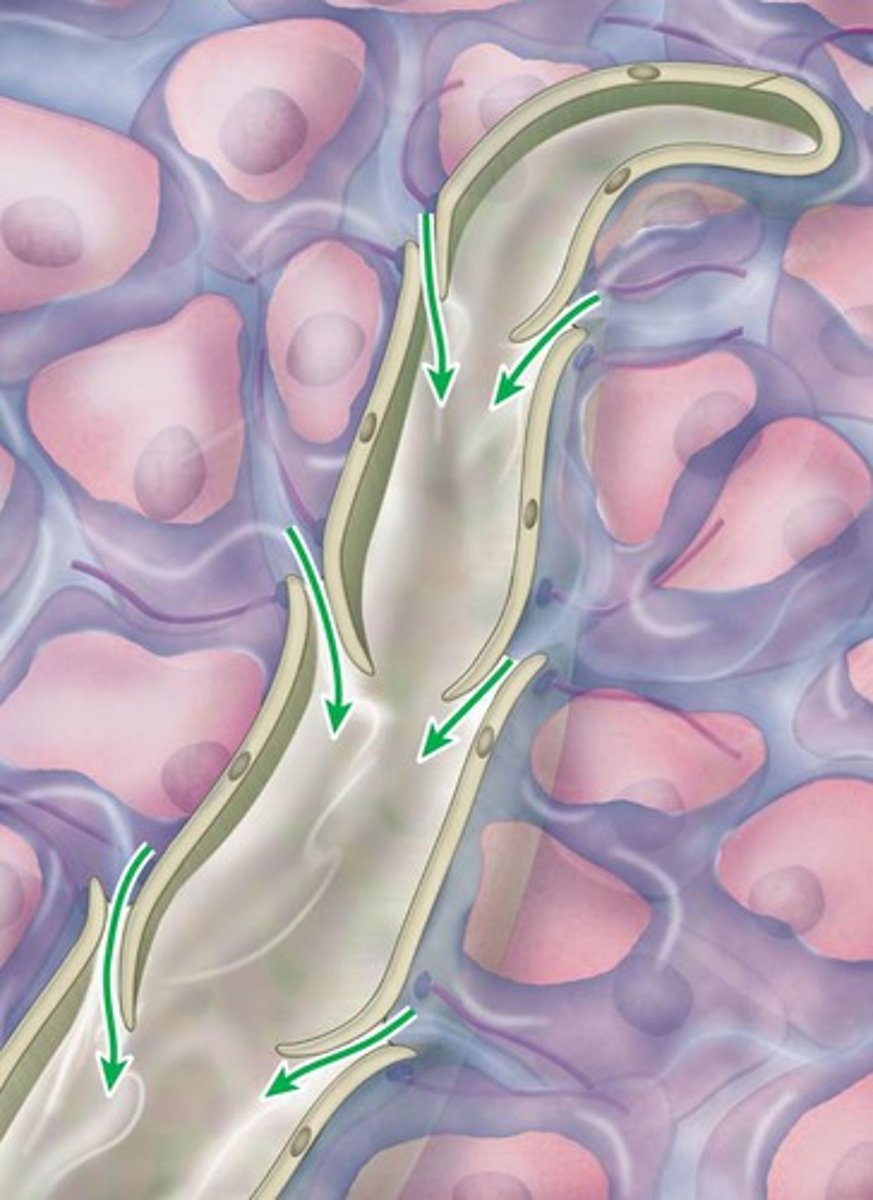
Bone
Mineralized (calcium & phosphate) connective tissue, makes up the skeleton

hyaline cartilage
Most common type of cartilage; it is found on the ends of long bones, ribs, and nose

elastic cartilage
cartilage with abundant elastic fibers; more flexible than hyaline cartilage (found in ear and epiglottis)

Fibrocartilage
cartilage that contains fibrous bundles of collagen, such as that of the intervertebral disks in the spinal cord.
